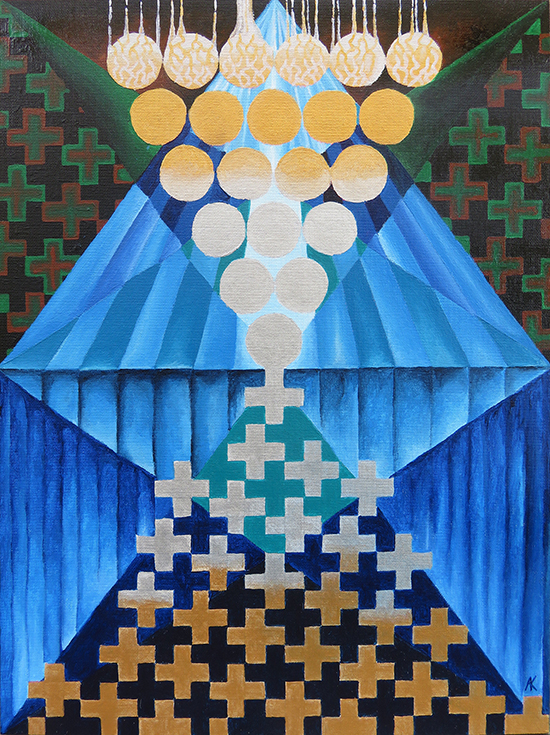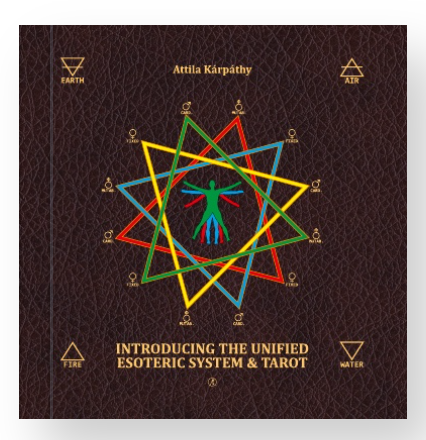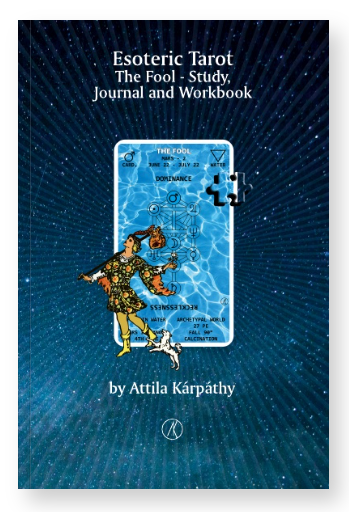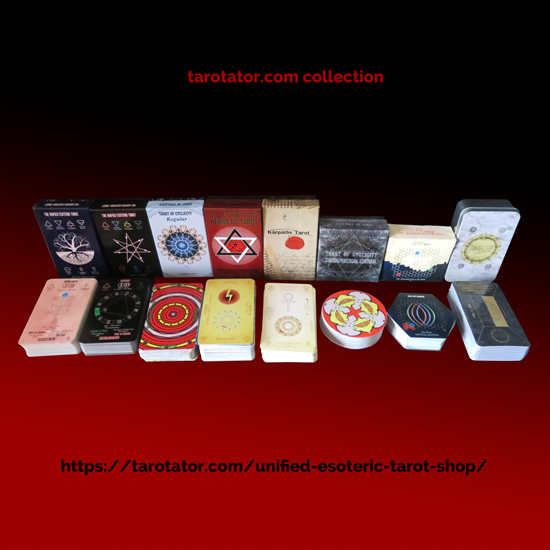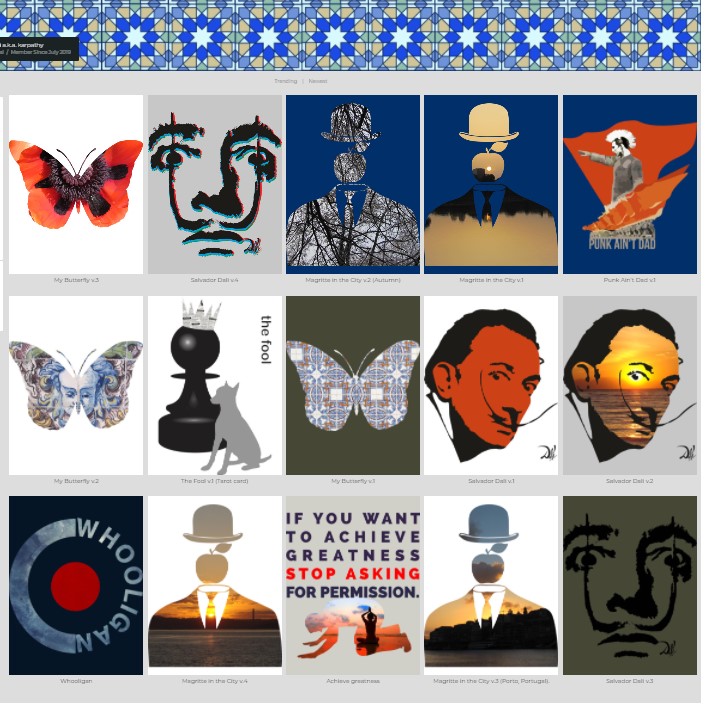Divine Alchemy: Venus (Homage to Silviu Oravitzan)
Acrylic on canvas panel.
30 x 40 cm (11.81 x 15.74 inch)
On sale.
If you are interested, don’t hesitate to get in touch with me:
Your support is crucial to continue my work.
Thank you!
The two core themes of the painting are transmutation and the opposition between creation and evolution. The two themes are organically blended.
In Alchemy, transmutation refers to the process of transforming one substance into another, particularly the conversion of base metals into noble metals, such as turning lead into gold. This concept is central to alchemical practices and symbolizes Alchemy’s broader philosophical and spiritual goals, which include pursuing perfection, enlightenment, and transforming the self. Alchemists believed that through a series of chemical processes, purification, and the application of mystical principles, they could achieve material transmutation and spiritual transformation. Thus, transmutation is often seen as a metaphor for personal growth, the quest for knowledge and performing at our best.
From a mystical perspective, transmutation is an allegory of the man’s quest to regain their divine qualities lost with the fall.
Creation and evolution are opposing processes. It is a crucial point that most mystics seem to have missed.
Creation has been descended from above, while human evolution is an attempt to ascend back to the lost paradise and the superior qualities of the first or original man, Adam Kadmon (Primordial Man).
Speaking of the kabbalistic Tree of Life, Keter represents the first Sefirot from a creational perspective, while Malkuth signifies the first Sefirot from an evolutionary standpoint.
At least symbolically, Keter represents paradise and humans at their full potential. On the other hand, Malkuth represents the fallen man stripped of many of his qualities, living a challenging life on Earth.
As a result, evolution is a process against nature and universal energies.
Man’s life on Earth evolves anticlockwise from Aries to Pisces, year by year. By comparison, the universe moves clockwise from Leo to Virgo. Perhaps it makes more sense if we speak in planetary terms: Sun, Moon, Mercury, and so on.
Partly, it explains our challenges and difficulties in making progress. It is a constant race to overcome inner limitations and external barriers.
Interestingly, Gershom Scholem speaks about the conflict between the mystical and profane appreciation of gold and the integration of alchemical symbols into the Kabbalah.
Gershom Scholem in Alchemy and Kabbalah noted:
“Although the fundamentals of theoretical kabbalist mysticism conflict with the basic tendencies of alchemical symbolism, certain alchemical characteristics nevertheless became intermingled with the plenitude of kabbalist motifs and symbols. (…)
Gold (…) represents the mystical communion of the highest principles operating in the cosmos, which come about through the medium of creation – as much God’s creation of the cosmos as the alchemical completion of the Work. (…)
The conflict between the mystical and the profane appreciation of gold in the Kabbalah is sharply expressed by the attempts of the Kabbalists to explain why the value relationship between gold and silver in the natural lower world is the reverse of that in the spiritual upper world. These attempts at explanation spread from one classical passage in the Sefer ha-Zohar — the main text of Spanish Kabbalah, authored between 1280 and 1285 – to many other works.
The above-mentioned passage in the Zohar reads:
Come and see, here [in Exodus 35: 5] gold is listed first and silver second because it corresponds to the lower enumeration method [perhaps: from the lower world?]. Had he [Moses] wanted to count according to the enumeration method of the upper Merkabah, he would have begun counting on the right [i.e., from the silver] and only then on the left. Why? Because it is written [Haggai 2: 8]: Silver is Mine, and gold is Mine – silver first and gold afterwards. But in the lower Merkabah, one begins on the left and only then [continues] on the right side, as it is written [Exodus 35: 5]: Gold, silver, and copper.
The passage is clear, and the reversed order of the upper and lower worlds is a motif frequently used in the older Kabbalah. It played into the later theory of many kabbalists that the creation of the lower world came about by mirroring the ‘reflected light’ of the world of the sefirot.”
Venus is the second planet from the Sun. It is a terrestrial planet and is the closest in mass and size to its orbital neighbour, Earth.
The symbol of a circle with a small cross beneath it is known as the Venus symbol, named for its use as the astronomical symbol for Venus.
The painting is constructed on the Venus symbol.
The Venus symbol was also used in Western Alchemy to represent the element copper, which has been used for mirrors. From antiquity, the symbol for Venus has sometimes also been called Venus mirror, representing the mirror of the goddess.
Speaking of mirrors, the painting also depicts the transmutation and the inversion of silver and gold between the higher and lower worlds.
Last but not least, who is Silviu Oravitzan?
Silviu Oravitzan is a Romanian plastic artist born on October 4, 1941 in Ciclova Montană , Caraș-Severin County. He has numerous exhibitions and artworks in museums and private collections in Romania, Great Britain, France, Germany, Sweden, the United States, etc. Although he seems influenced by various abstract painters of the 20th century, Oravitzan is considered by specialized critics to have his roots in the religious art of the Orthodox Christian East.
Paul Barbăneagră wrote about Silviu Oravitzan’s work: “Let’s not forget that we are after several centuries of alienation and madness. Now, painting, in relation to this madness, has, because we must accept that everything we do is not done in absolute terms, but in this context of history that has betrayed itself, betrayed us, alienated us, we are on the way to the apocalypse. Whoever does not want to accept this should be patient. Now, to the extent that, as Eliade said, we cannot get out of history, we must live in history, but, at the same time, assume it and overcome it, that is, to find a therapeutic solution to this illness of time and of our being that is history.”
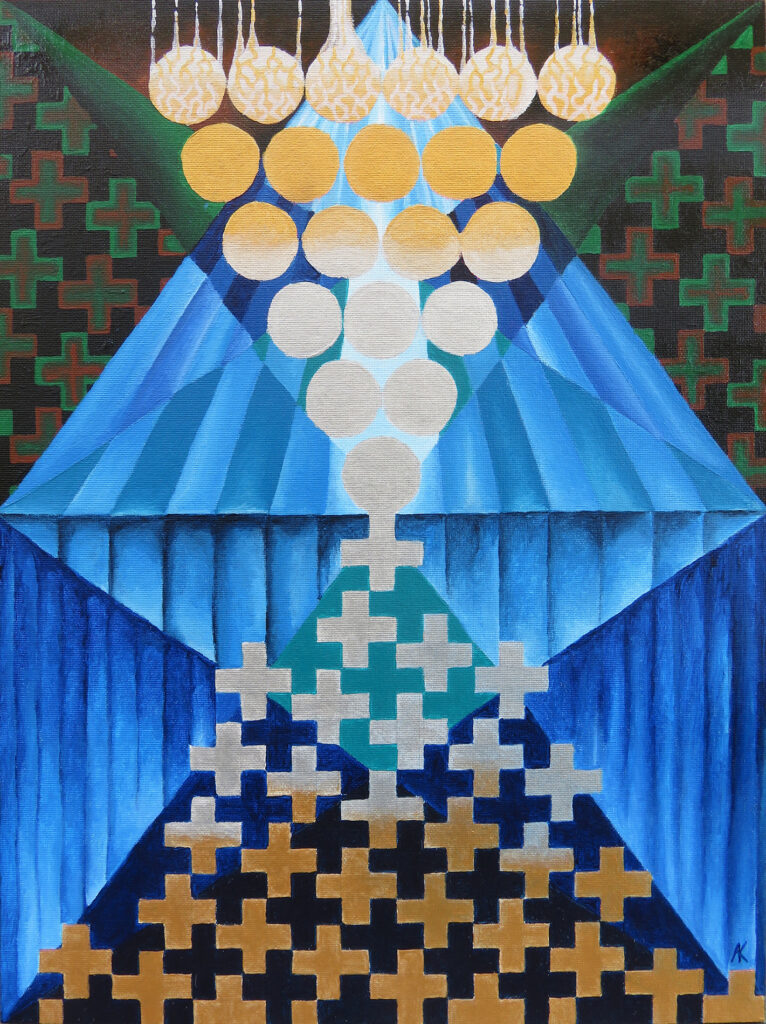
#attilakarpathy #alchemy #kabbalah #art #painting #silviuoravitzan

